Every year, we put our heads together and set off in search of the perfect tour for you: fresh powder snow, secluded landscapes, alpine ambience and much more. Find out how we plan our tours and what we pay attention to.
The idea of THE best ski or splitboard tour is of course subjective. The quality of a tour depends heavily on the individual experience, but above all on the constantly changing conditions. The real challenge lies in correctly assessing these conditions and making the best possible use of them for the tour. There are many different factors to consider. A successful ski tour therefore requires a combination of different “ingredients”. As guides at Radical Sports, we specifically look for these factors when planning a tour, which we would like to discuss in more detail below.
Radical ski and snowboard tours
Safety is always our top priority, which primarily includes paying attention to the current avalanche risk. Despite the advances in avalanche research and our experience as guides, it remains important to show the necessary respect for this natural phenomenon and maintain a healthy level of caution. This is the only way to travel with an acceptable level of risk in the long term. The avalanche situation therefore defines the framework within which we can operate.
The next “ingredient” that we take into account during planning is a greater number of downhill meters than uphill meters. We achieve this, for example, by using public transport and cable cars or by descending to a lower valley. It is important that the descent is never neglected!
Of course, we always make sure that the tour is suitable for splitboarders. So no or hardly any flat spots or traverses.
All tours should also be suitable for public transport. Sustainable in terms of nature, but also sustainable in terms of positive memories.
Last but not least, the tour should take place in an impressive alpine landscape that leads us through various terrain chambers and regularly offers new terrain forms. This is precisely why we value crossings: Whenever possible, we climb the mountain from one side and descend it on another. In this way, we discover different sides of the mountain, provide a change of scenery and enjoy ascending in sunlight and descending in cool, shady powder snow.
Book your dream tour with us
Subscribe to our tour mail and book this tour exactly when we offer it as a spontaneous tour in ideal conditions. Or alternatively ask for a private guide on your preferred date.
Private tour requests
Book this offer on your preferred date as a private tour.
What makes our service so unique?
We specialize in guided splitboard tours – by boarders for boarders. Of course, we also take ski tourers or, depending on the tour, snowshoers with us.
The difference to other providers is that we are enthusiastic splitboarders ourselves. We know the demands and challenges of splitboarding and guide you through the Swiss mountains with expertise and a real understanding of snowboarders.
Our tours are designed to protect nature and enjoy it responsibly. We use environmentally friendly practices and treat the mountains with respect. All our tours are public transport friendly.
We don’t do mass processing, but tailor-made adventures for every level. With careful planning and the knowledge of our experienced guides, we ensure a safe environment without sacrificing the real feeling of adventure.
We deliberately keep our groups small so that we can focus on each individual. This not only creates a personal atmosphere, but also enables an intensive experience and promotes safety in the group.
Simply knowing the tour is not a sign of quality. Our guides are trained snow sports instructors and have additional RiskG training. The knowledge required to carry out a tour in terms of risks, time planning. The human factor, conditions and knowledge of the area are a matter of course. But even in the event of a problem or emergency, our guides know what to do safely and reliably.
What do you think about our offer?
Are there any tours, events or courses that interest you that we can offer? Are there any optimizations that you have noticed? What are good tours for you and how do you go about it?
We look forward to a comment from you.


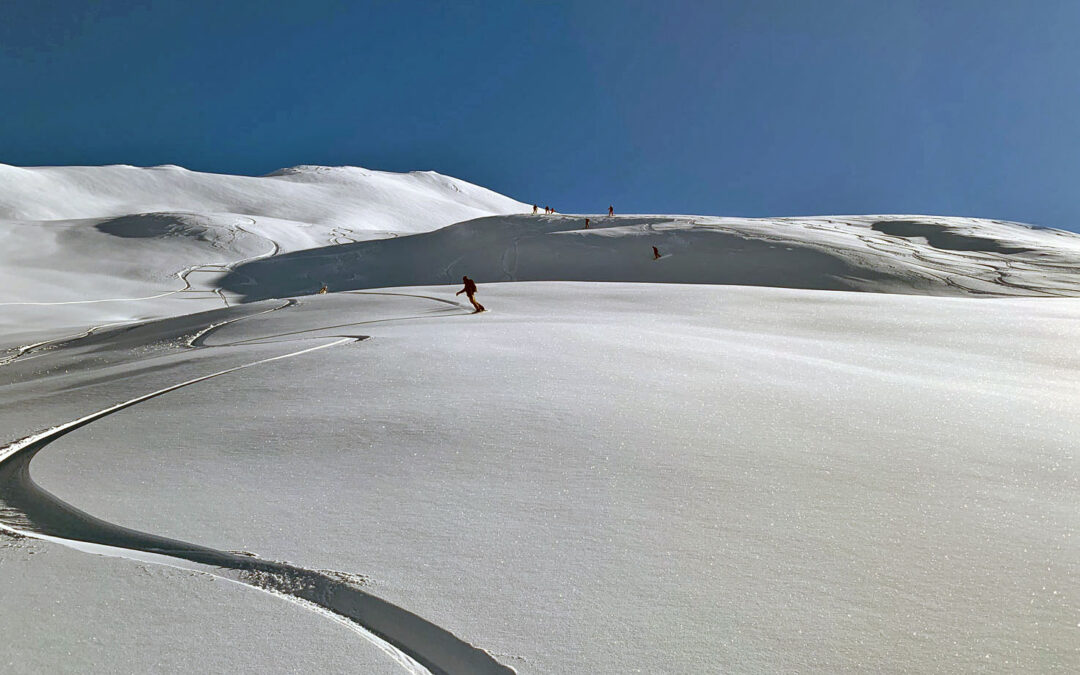

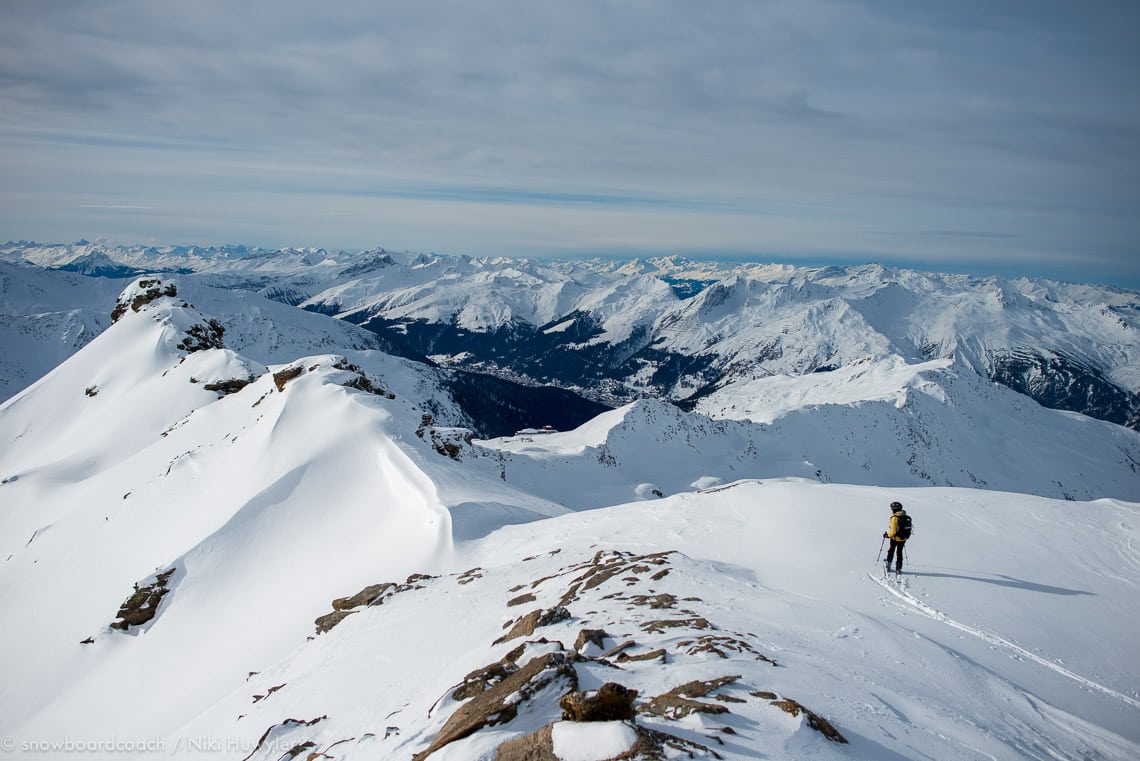
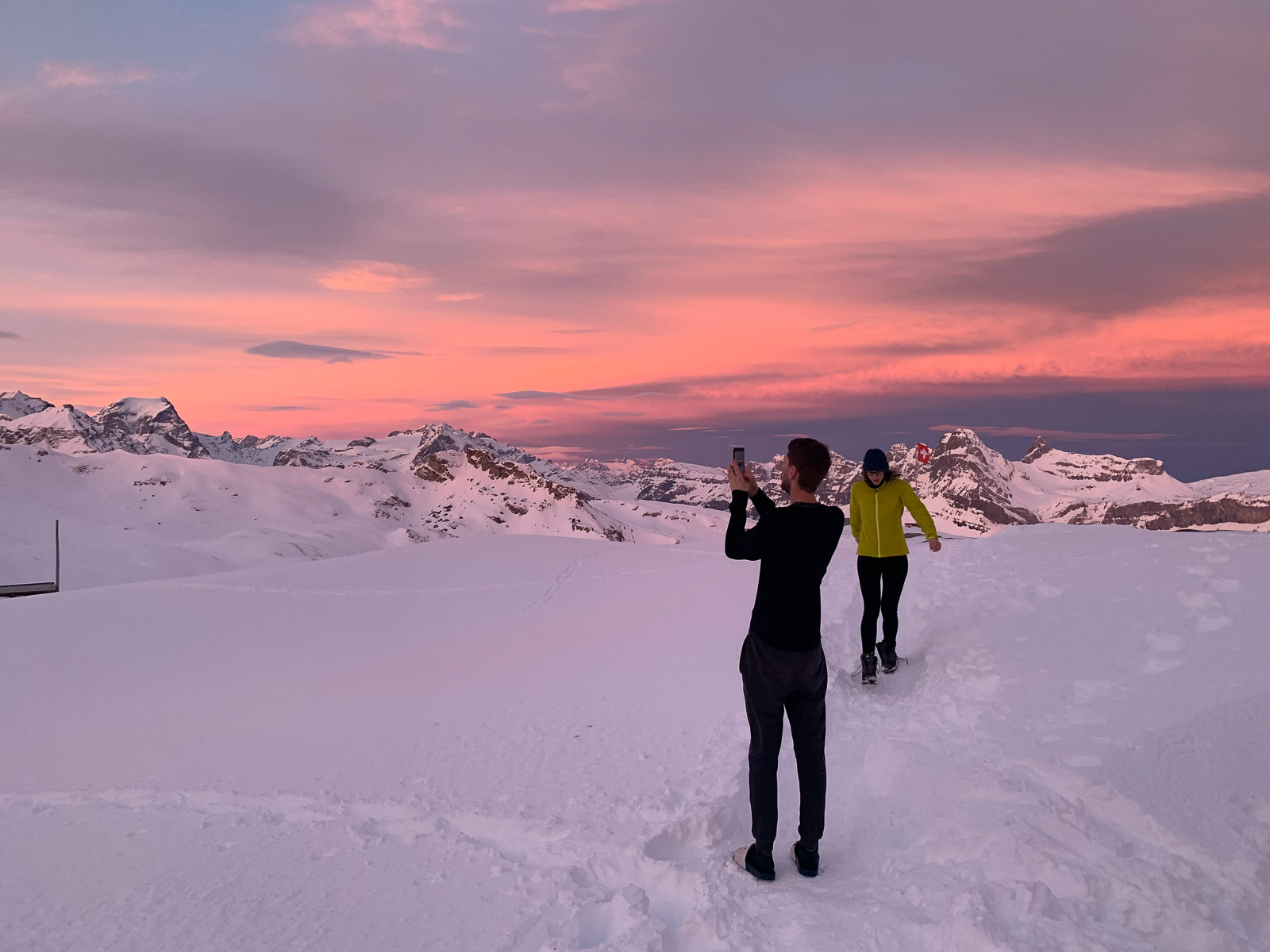

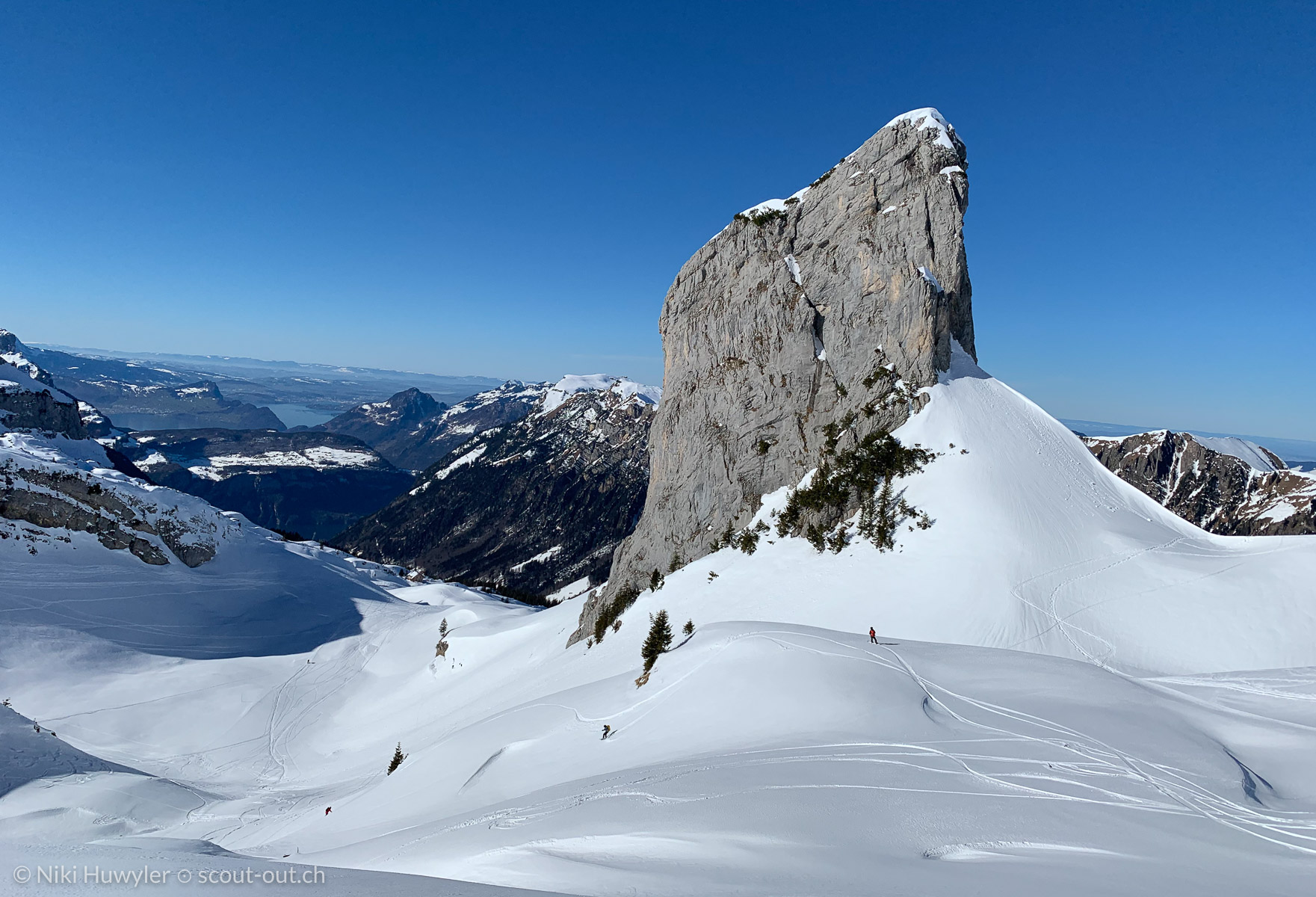
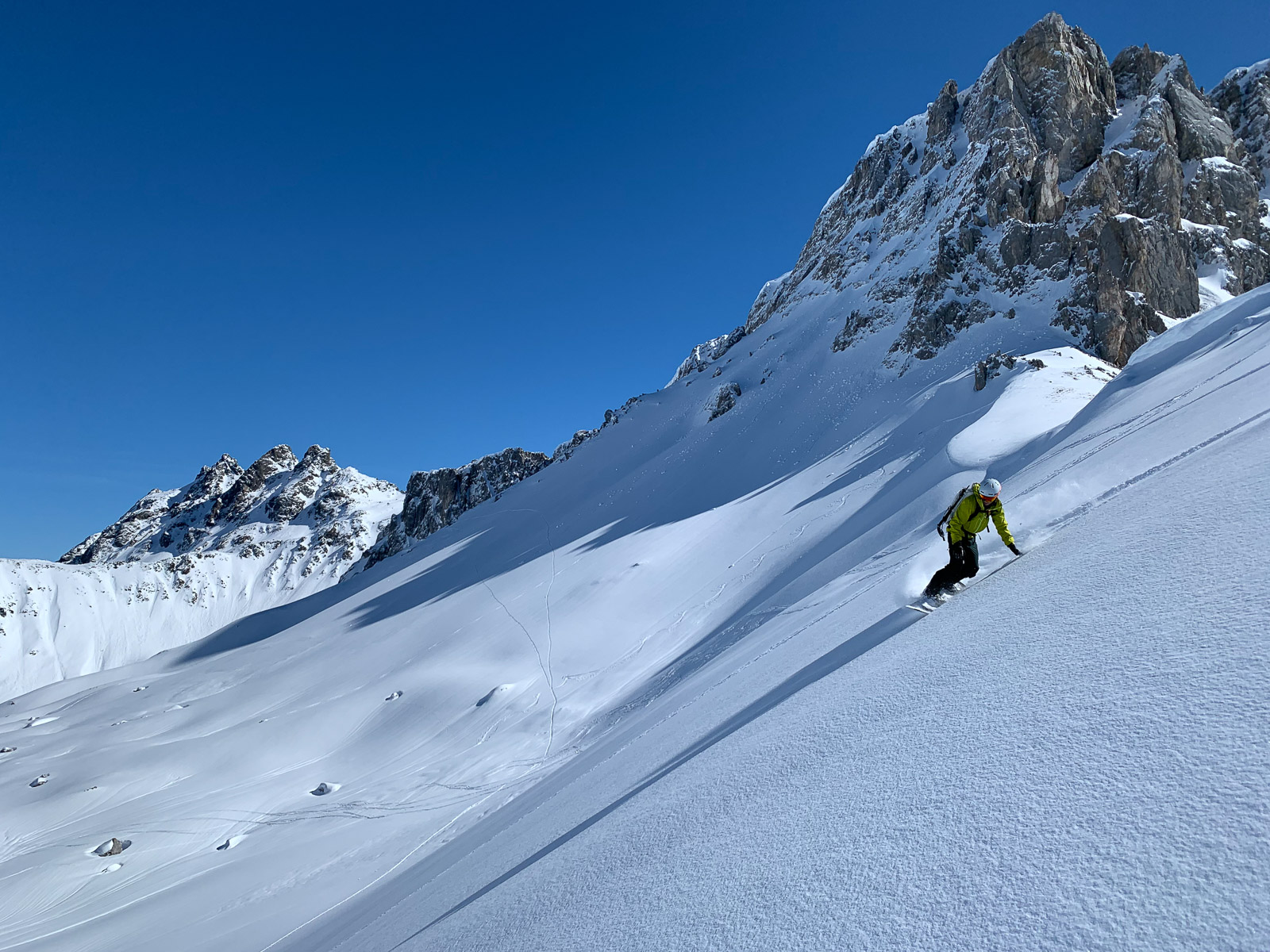
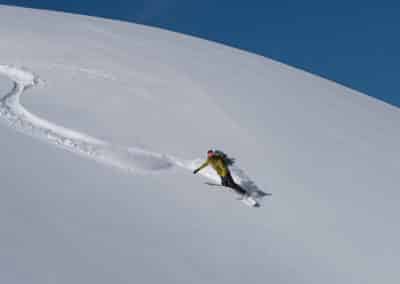
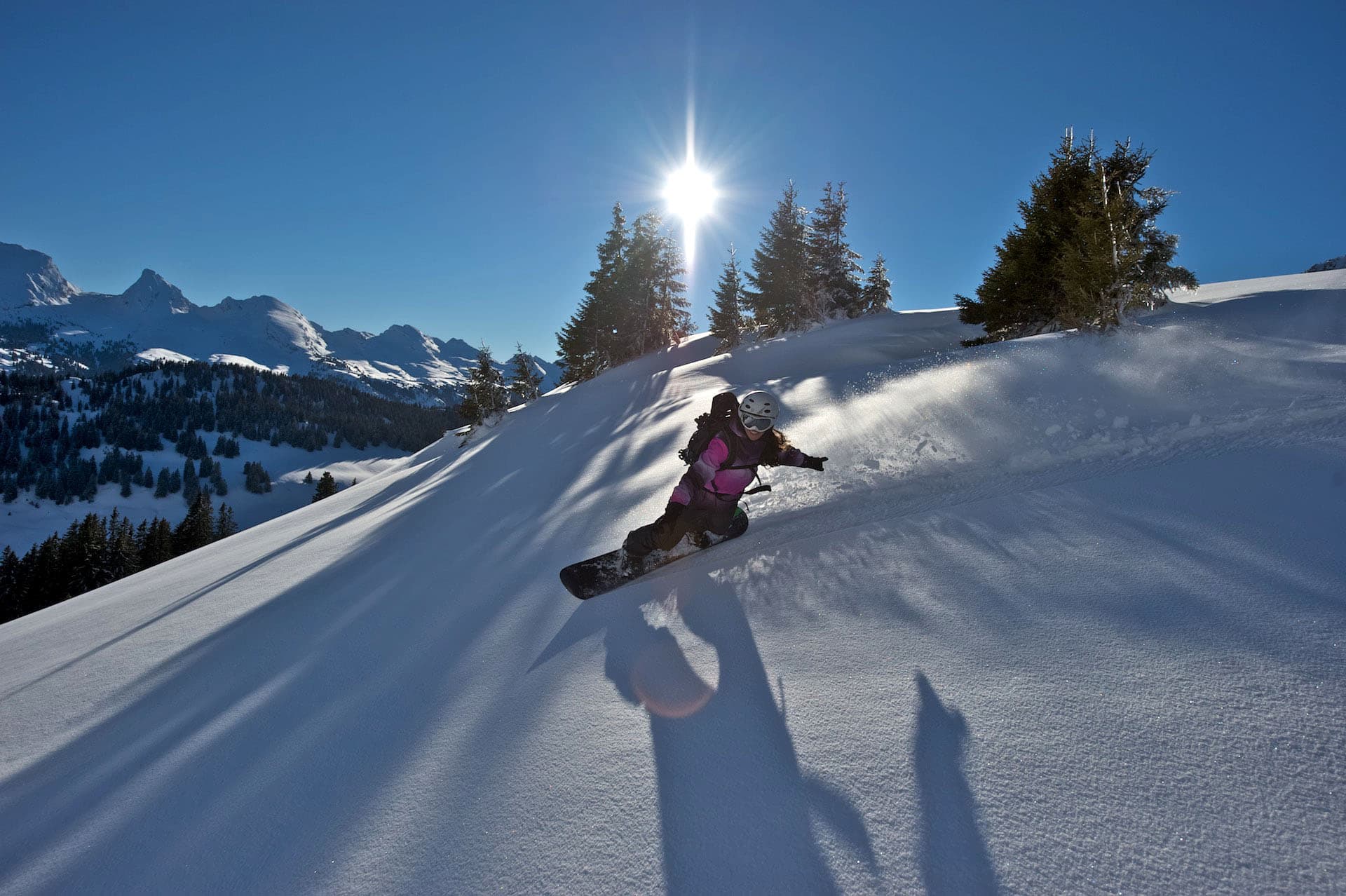
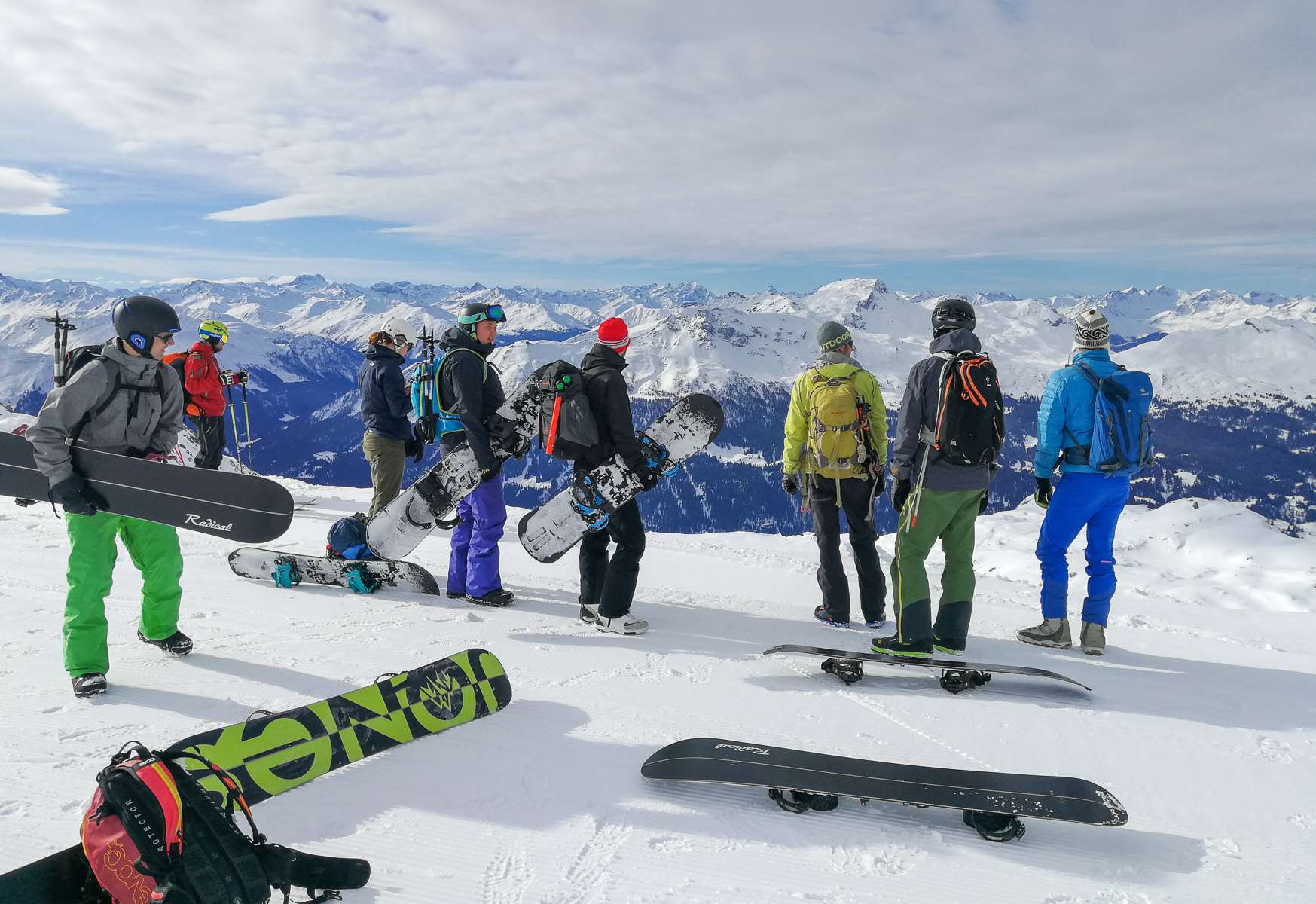

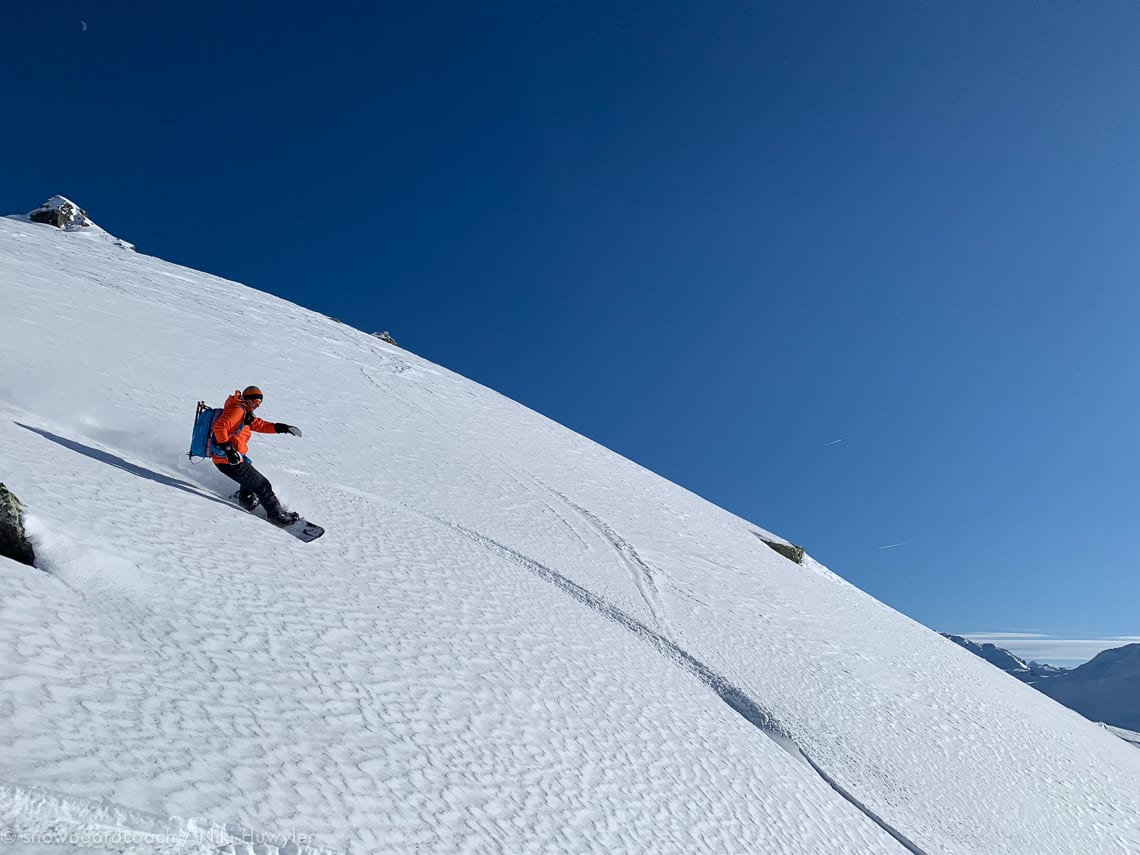
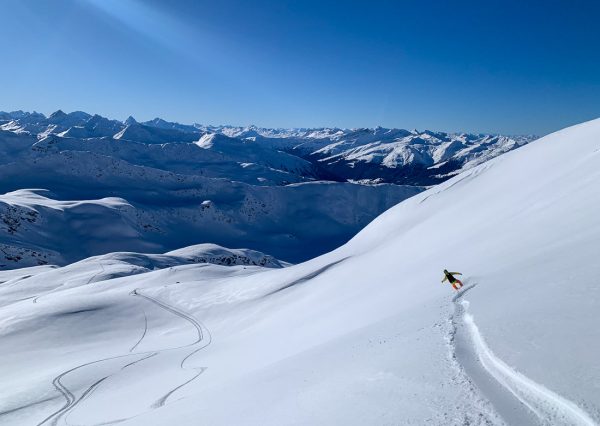

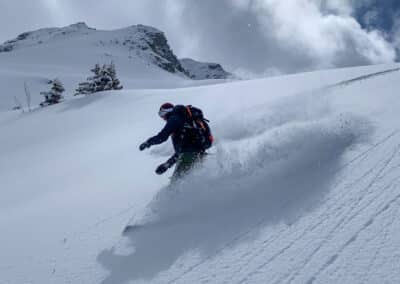
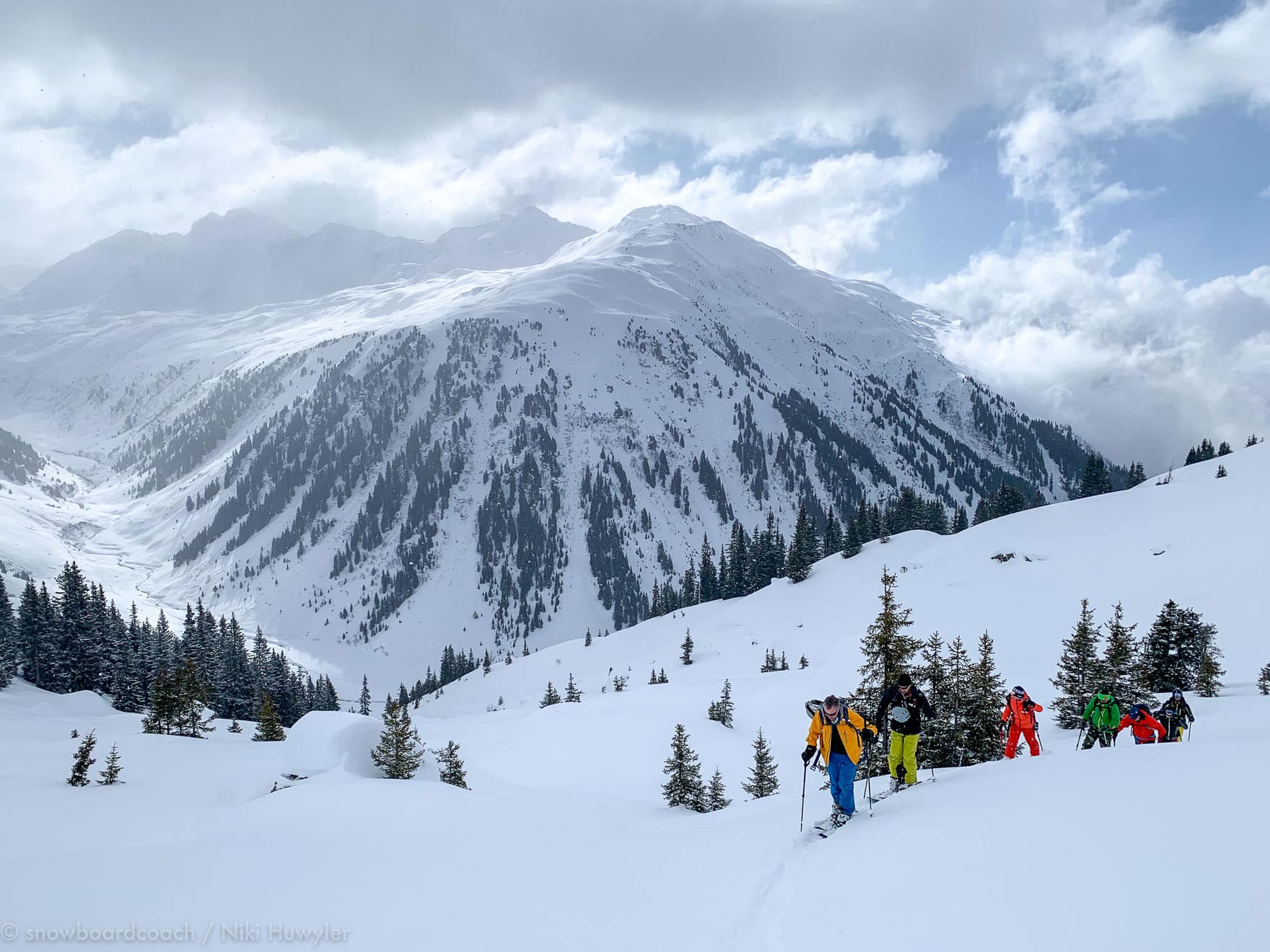
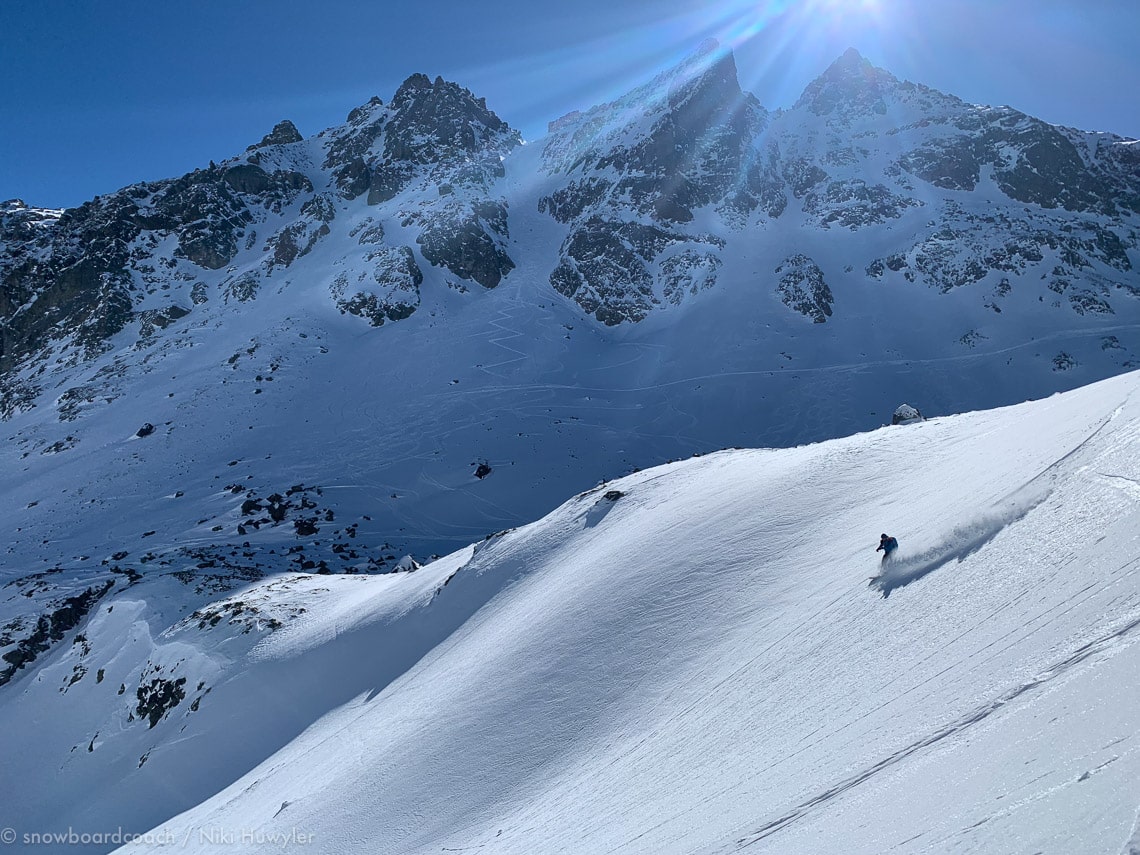
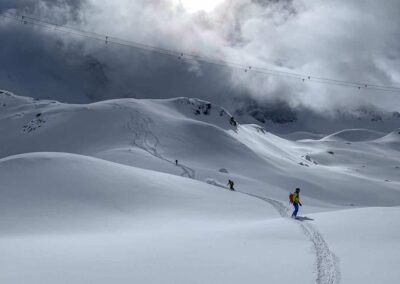
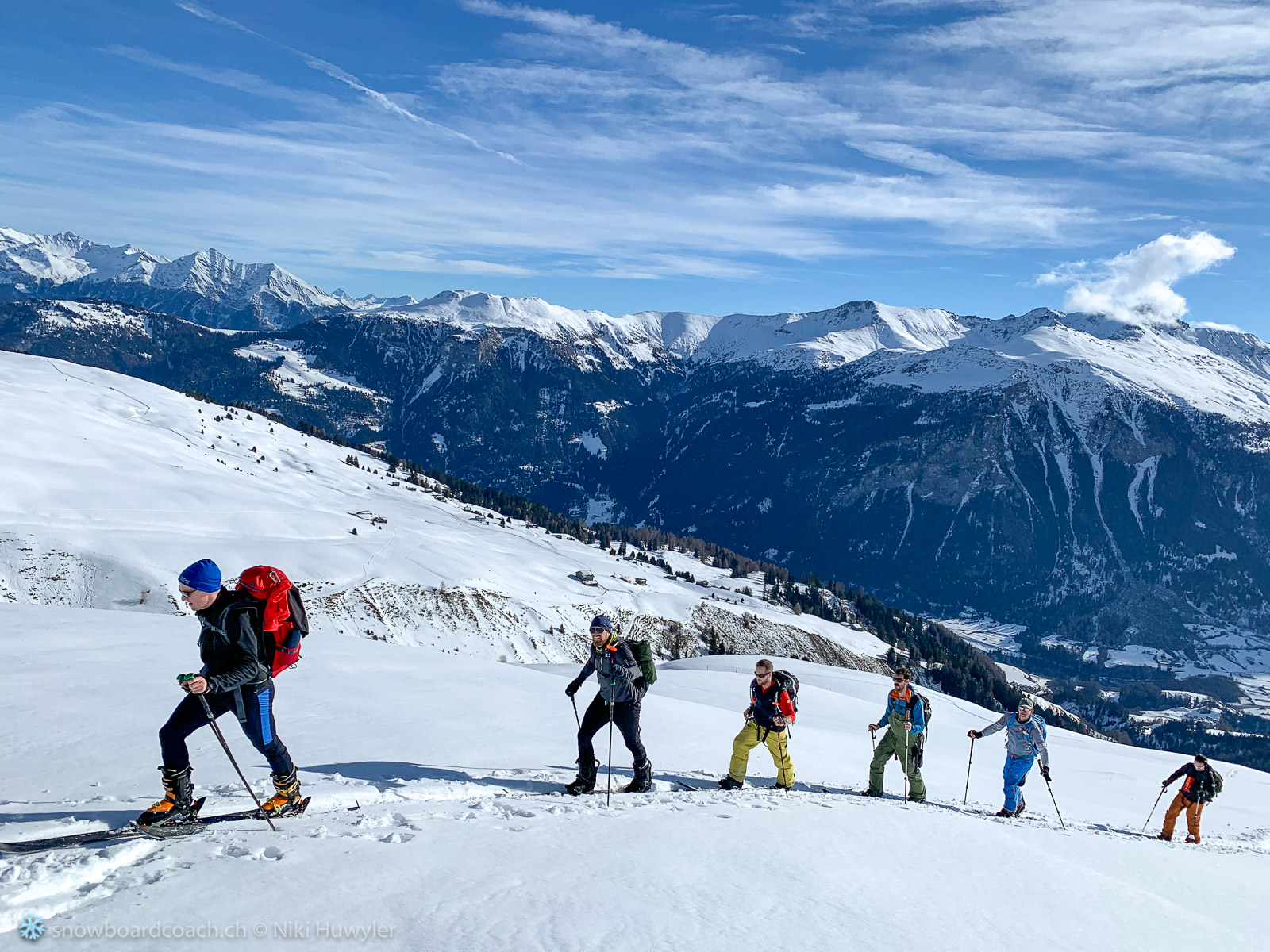
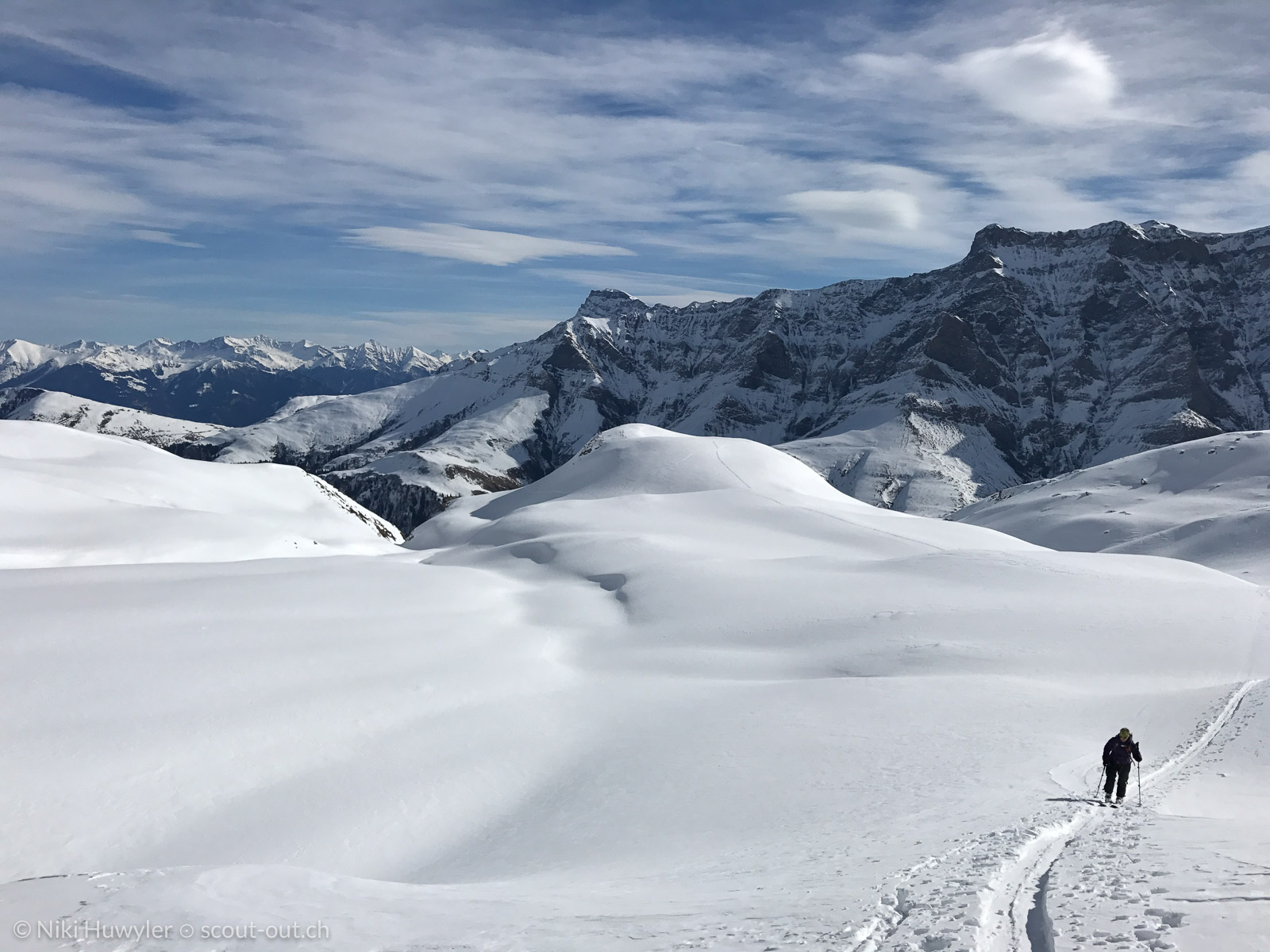
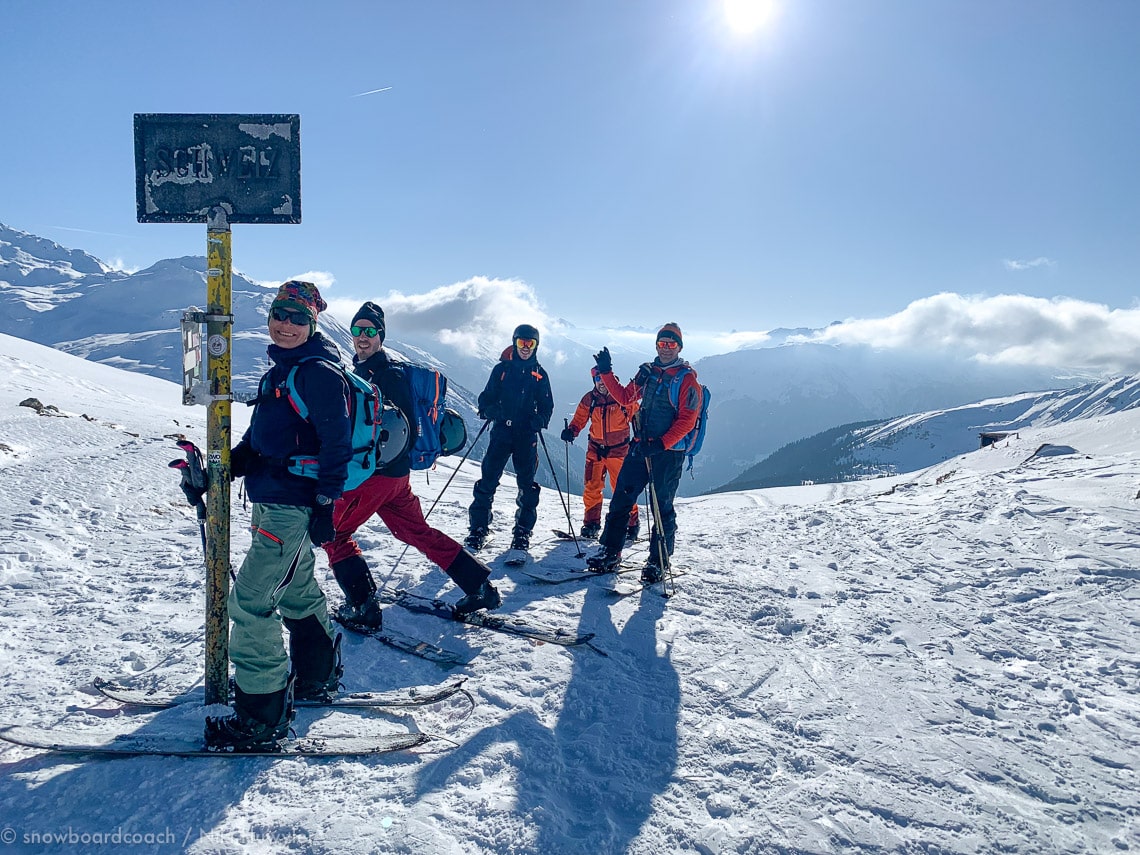
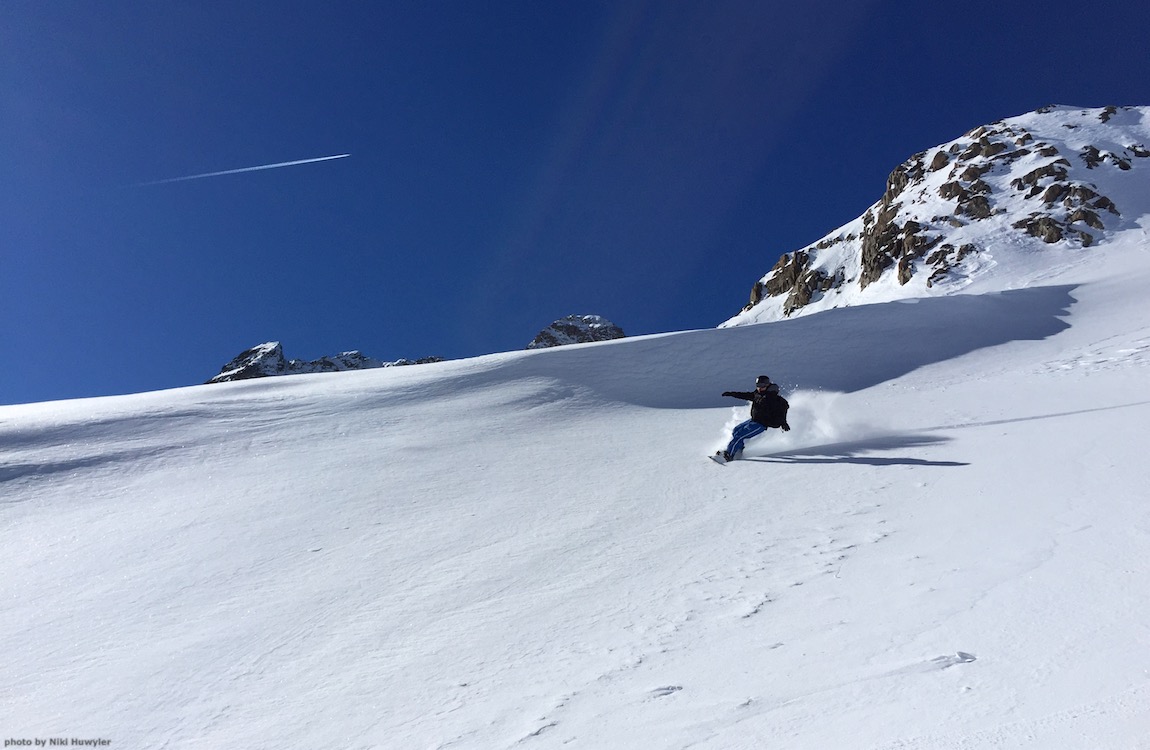
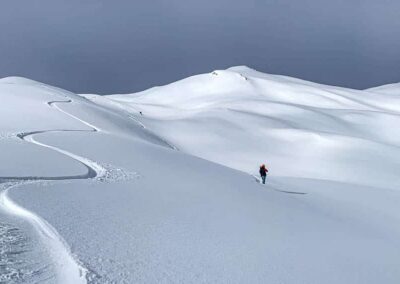
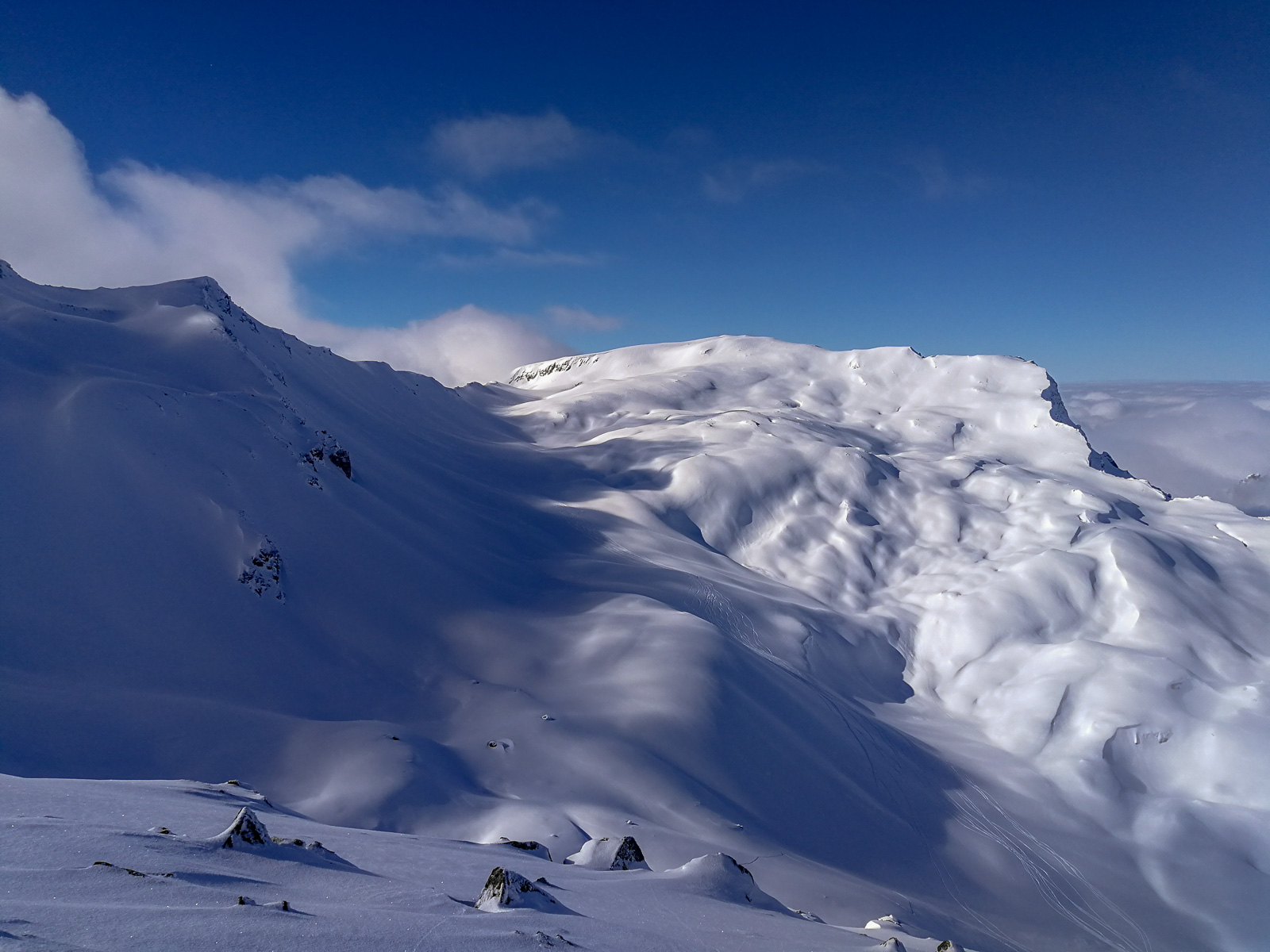
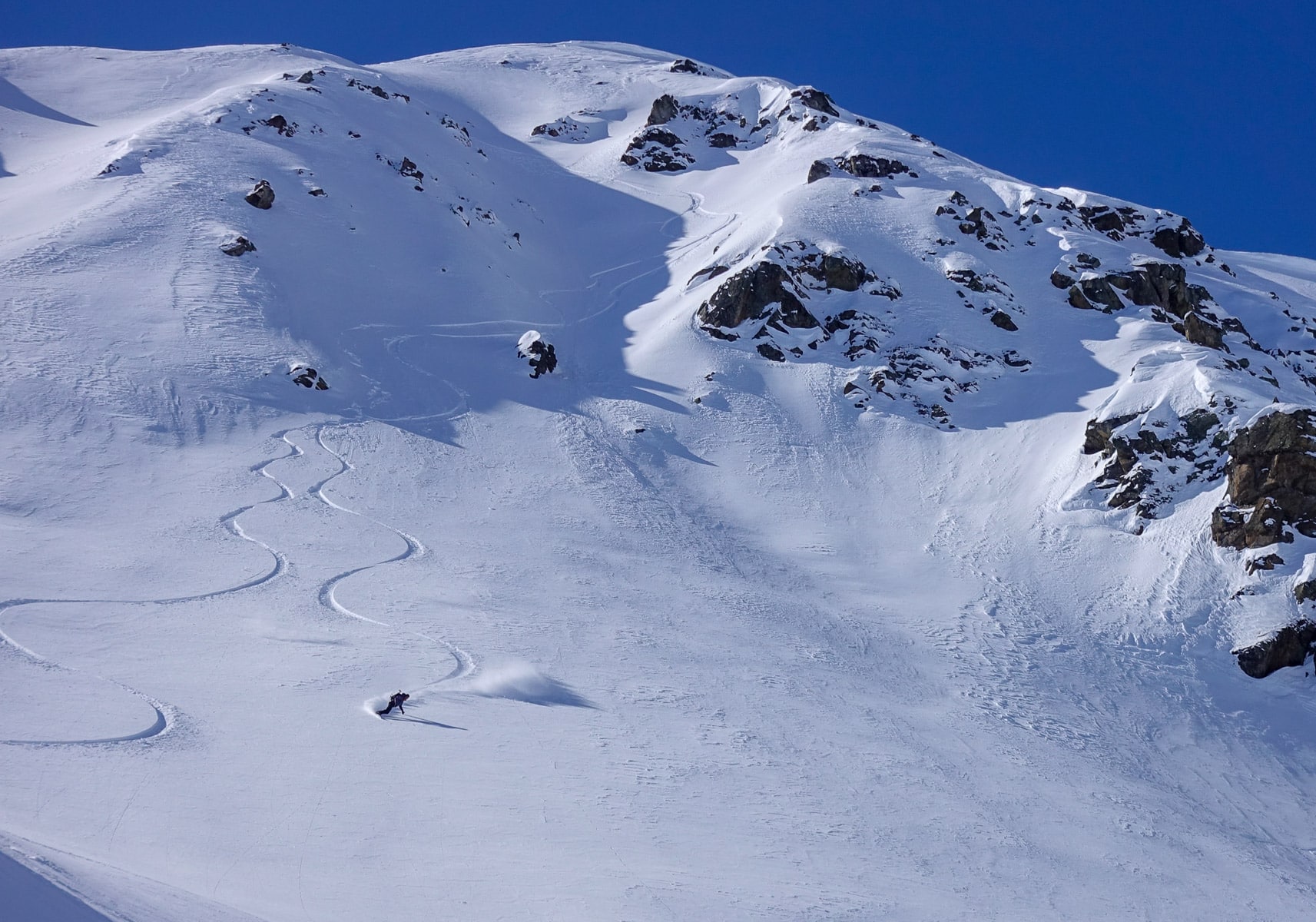
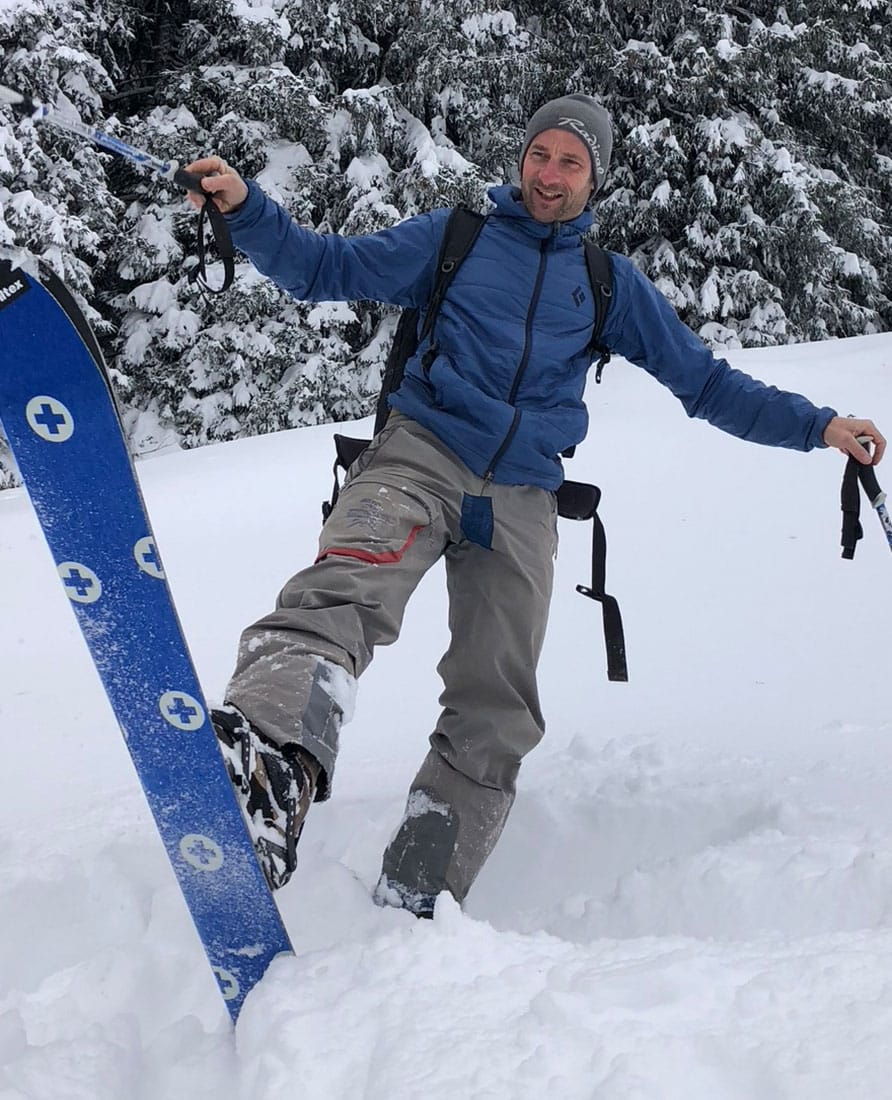
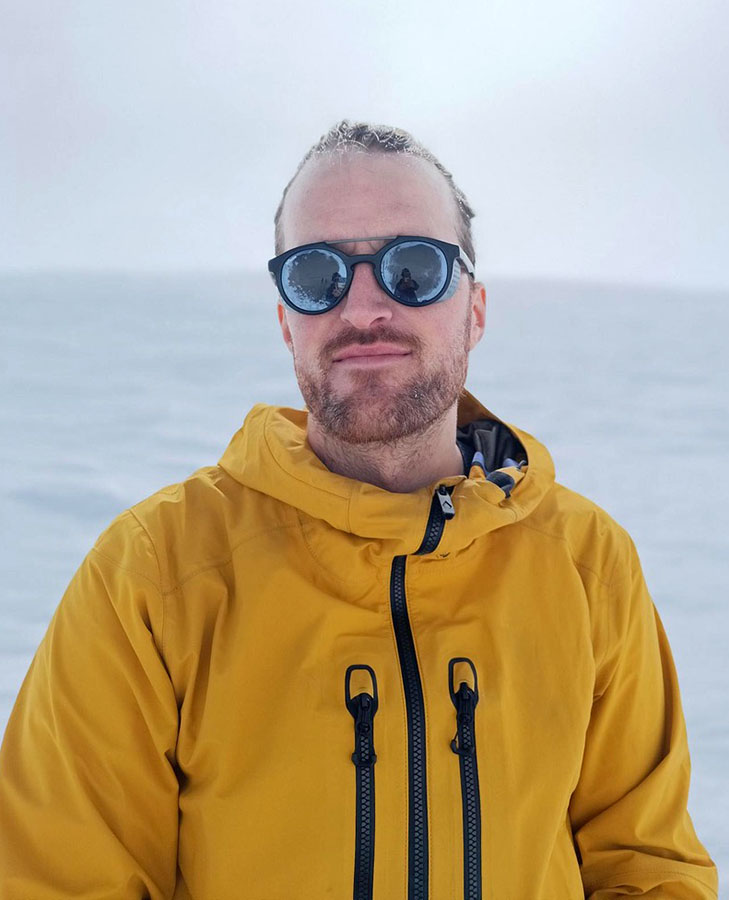
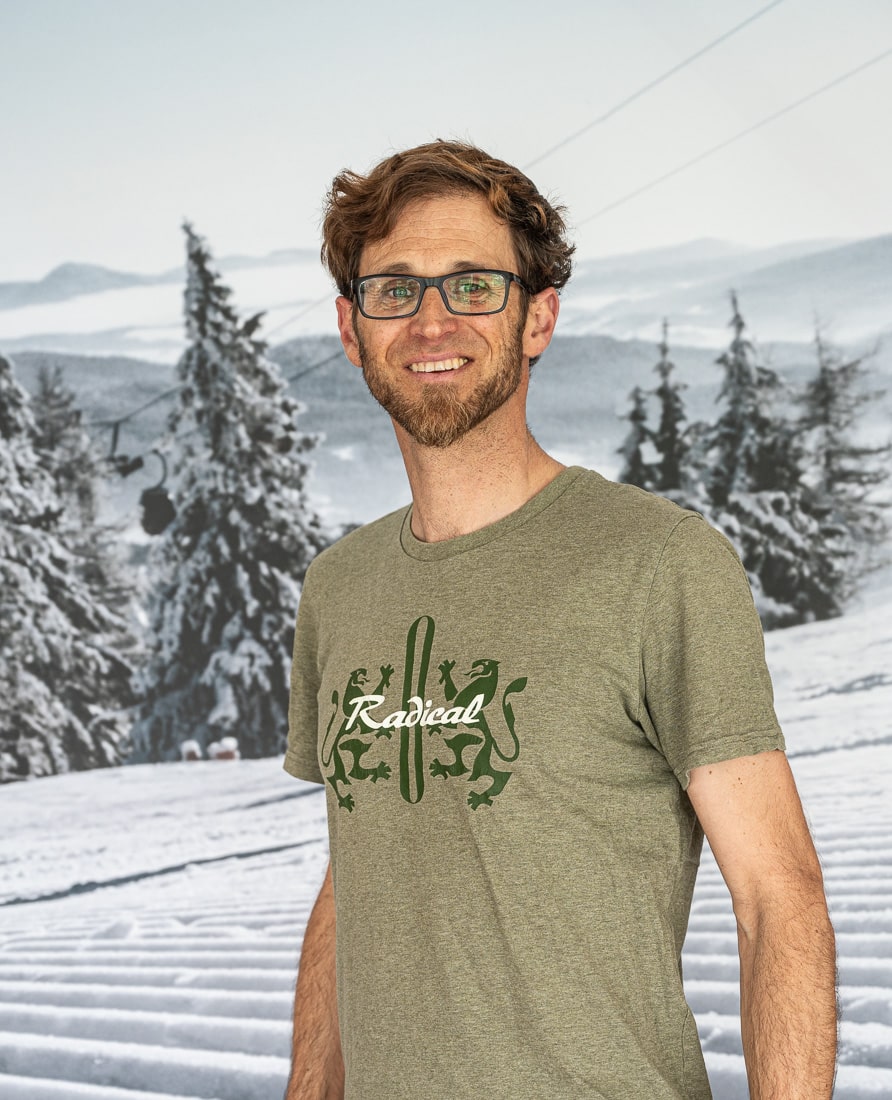
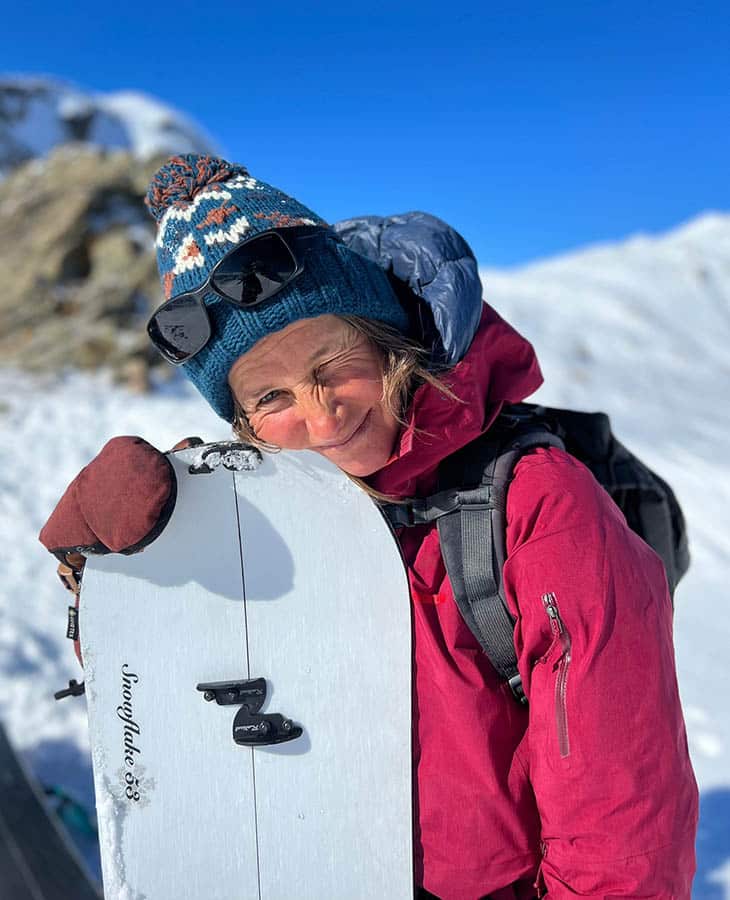
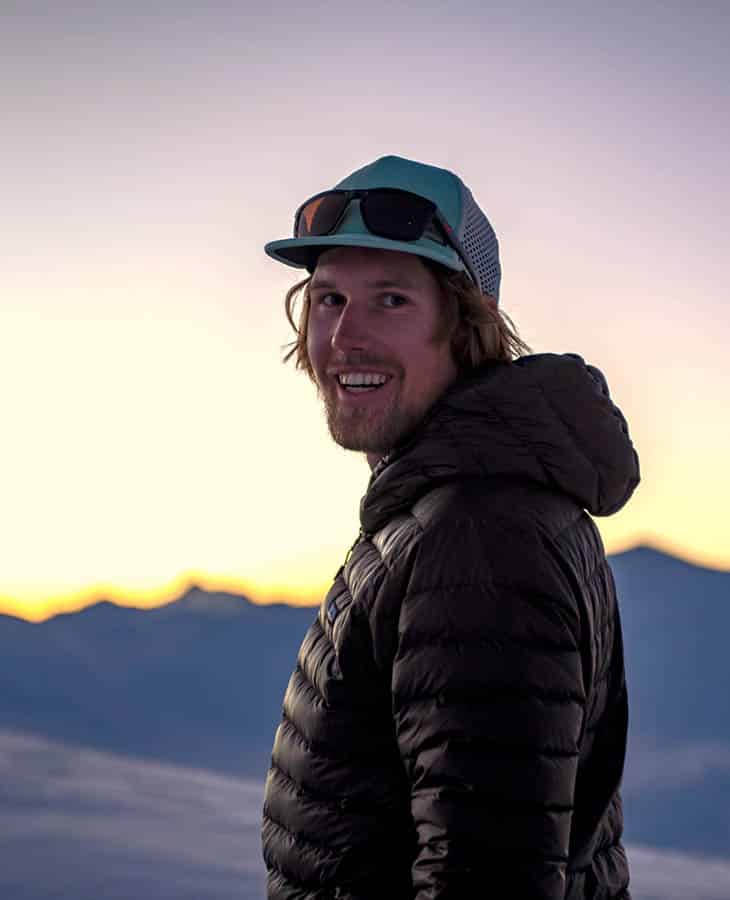
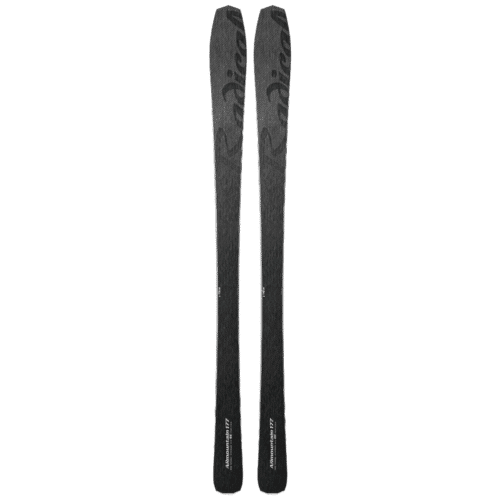
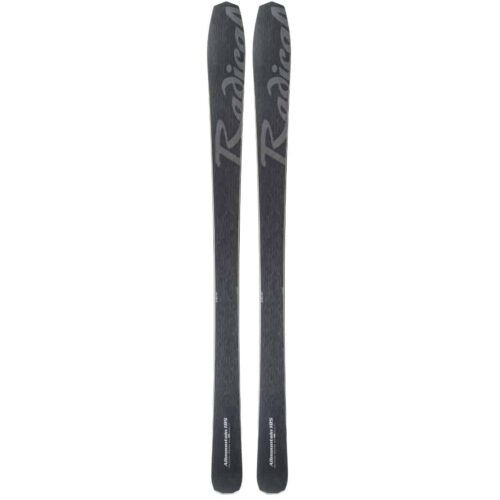
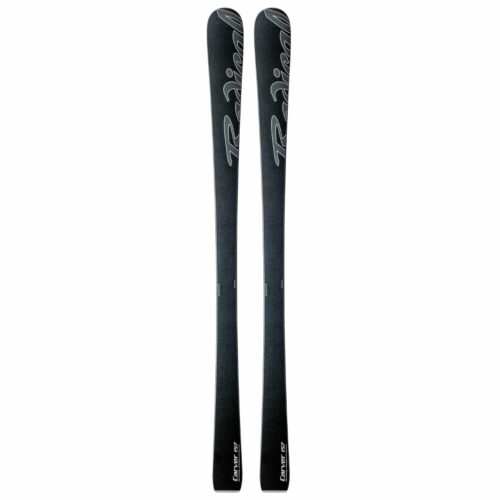
Letzte Kommentare